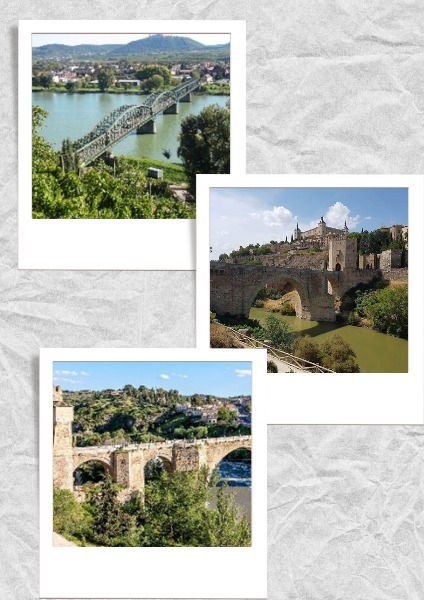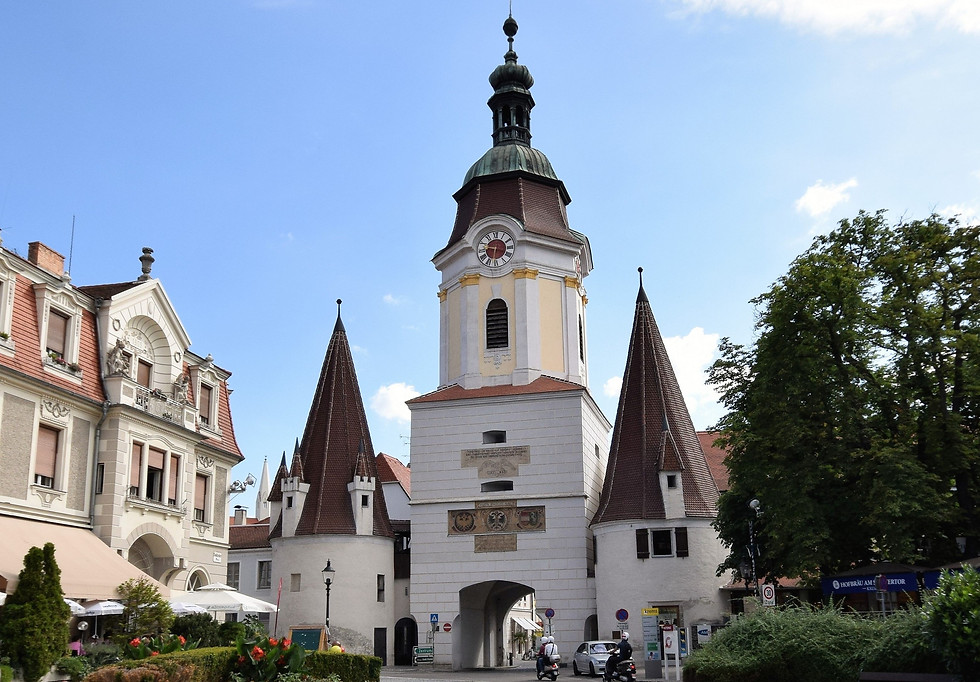
Comparison - Paula Prieto Pérez
Toledo and Krems have a lot in common, do you want to know what? Here I will explain some interesting facts.
The most important fact to take into account is that both cities were built many, many years ago.
The first register that we have of Krems is in 995. However, the area around the actual city has been populated since 32,000 years ago, in the Paleolithic Age.
On the other hand, Toledo has been inhabited for more than a thousand years Before Christ (B.C.), during the Bronze Age. Both cities have been inhabited by the Romans.
Other significant fact about the two cities is that they have a river next to them, that is the reason why they have similar infrastructures and were important cities for transport.
As the cities became more relevant, their population grew and so did the infrastructures that built the city: churches, cathedrals, universities, courts, and many more were built.
This is an example of similar infrastructures: Alcántara Bridge, San Martin Bridge (both from Toledo) and Mautern Bridge (Krems).
After collecting some historical information about the two cities, I would like to focus on a very concrete structure they both have in common: the access doors to the old town.
These doors were essential to control who entered to the city and were monitored by authorities.

Another significant fact that the two cities share is that they are situated on a river. Because of this both cities have similar infrastructures and were important cities for transport.
As the cities became more relevant, their population grew and so did the infrastructures that built the city: churches, cathedrals, universities, courts, etc.
A few similar infrastructures to note are: Mautern Bridge (Krems) and the Alcántara and San Martin bridges (both from Toledo).
The Puerta de Bisagra (Toledo) was built between 1540 and 1576, it is located on the north side of the wall and its function was to collect the passage tax.
The Steiner Tor (Krems) was built on the late 15th century, it was the main axis of the town and now is where the pedestrian zone of Krems begins.
Both doors have different symbols and emblems representing the city or referring to their governors.


